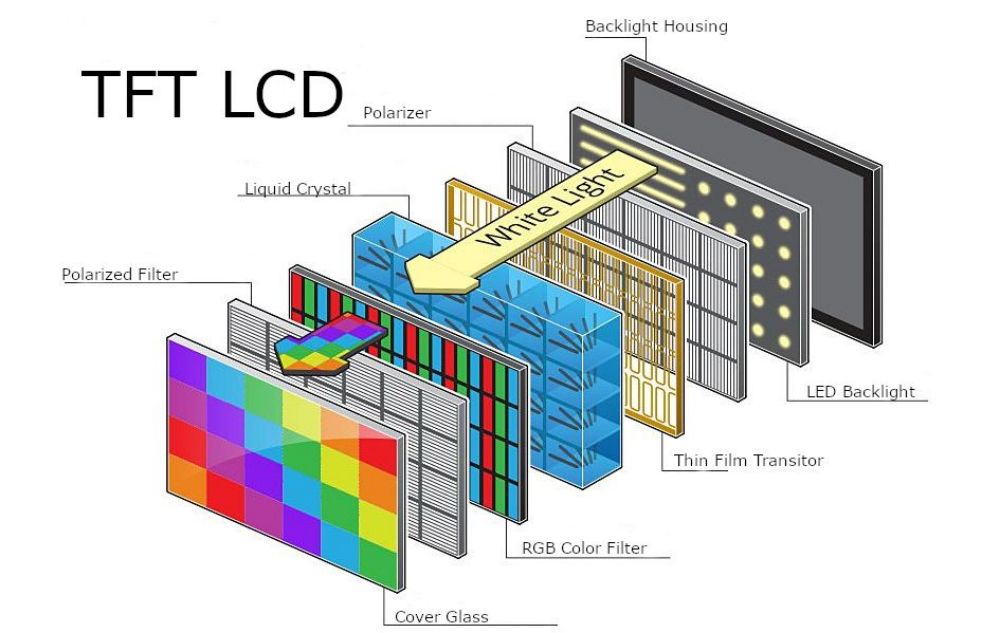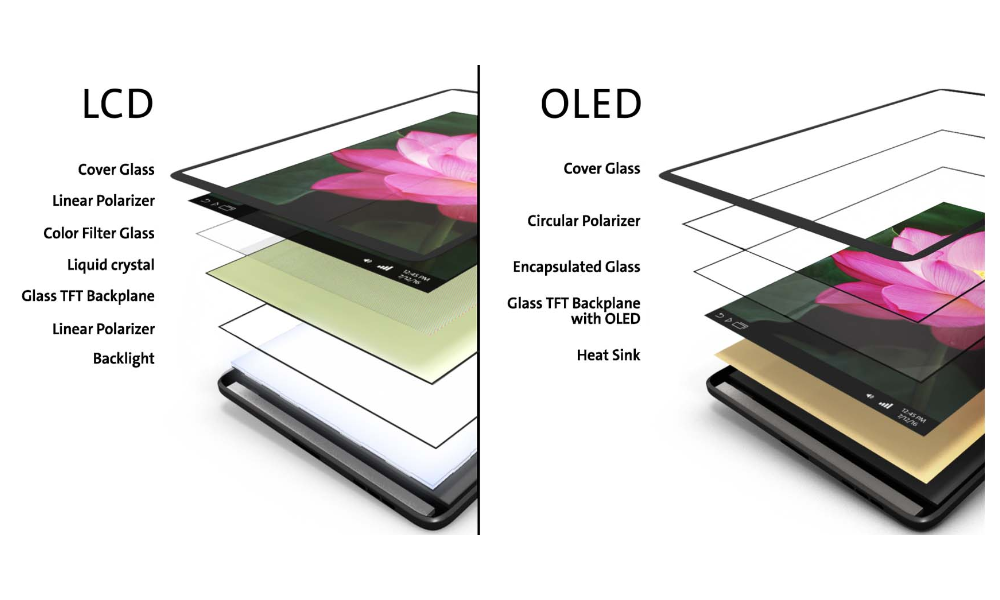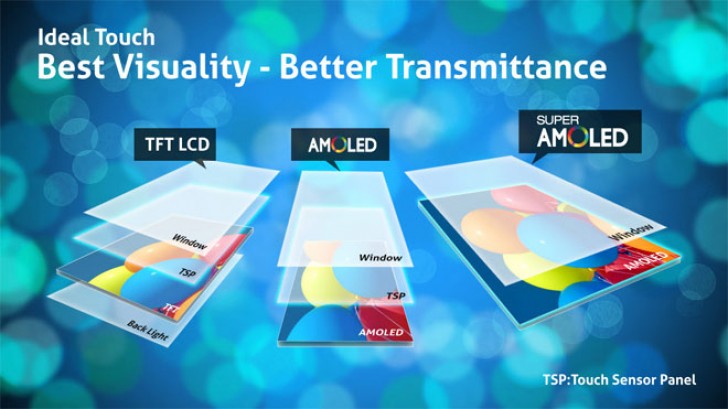
Mobile phones have become an integral part of our lives, and one of the most important features of a mobile phone is its screen. The screen is the window through which we interact with our phones, and it is important that the screen is of high quality and meets our needs. There are different types of mobile phone screens available in the market, and each one has its unique features and benefits.
The first type of mobile phone screen is the LCD (Liquid Crystal Display) screen. LCD screens are commonly used in mobile phones due to their low cost and low power consumption. They are also known for their sharp and clear images, which make them suitable for everyday use. LCD screens work by using liquid crystals that are placed between two polarized glass plates. When an electric current is passed through the crystals, they align to create an image.

The second type of mobile phone screen is the OLED (Organic Light Emitting Diode) screen. OLED screens are known for their high contrast, deep blacks, and bright colors. They use organic materials that emit light when an electric current is passed through them. OLED screens are also thinner and lighter than LCD screens, making them more suitable for smartphones. The downside of OLED screens is that they can suffer from screen burn-in, which occurs when an image is displayed for an extended period, causing a ghost image to appear on the screen.

Another type of mobile phone screen is the AMOLED (Active Matrix Organic Light Emitting Diode) screen. AMOLED screens are similar to OLED screens, but they use a different technology that allows them to be more power-efficient. AMOLED screens also have faster refresh rates, which make them ideal for gaming and watching videos. They are also known for their high resolution and deep blacks.

A relatively new type of mobile phone screen is the LTPS (Low-Temperature Poly-Silicon) screen. LTPS screens are known for their high resolution and low power consumption. They are also thinner and lighter than LCD screens, making them ideal for smartphones. LTPS screens work by using a layer of silicon that is placed on top of a glass substrate. When an electric current is passed through the silicon layer, it emits light, creating an image.
In conclusion, mobile phone screens have come a long way over the years, and there are different types available in the market today. LCD screens are commonly used in mobile phones due to their low cost and low power consumption. OLED screens are known for their high contrast, deep blacks, and bright colors. AMOLED screens are similar to OLED screens, but they use a different technology that allows them to be more power-efficient. LTPS screens are a relatively new type of screen that is known for its high resolution and low power consumption. The type of screen you choose will depend on your needs and budget.



